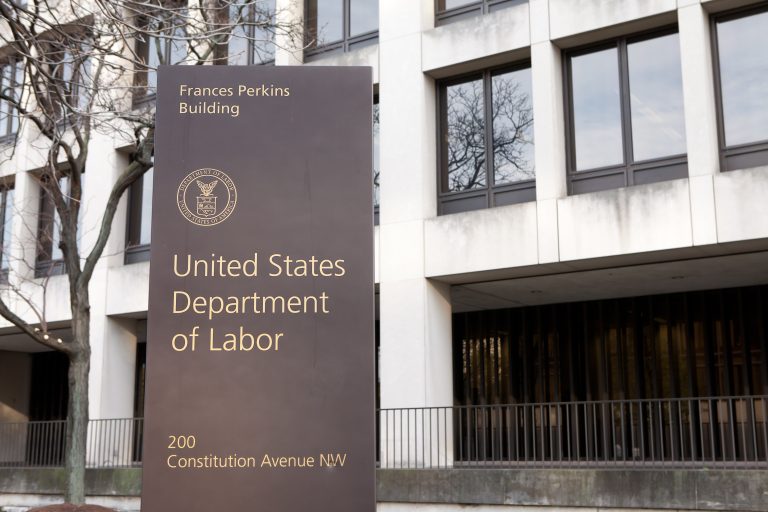Retirement planning affects nearly every investor. Whether it’s now or down the road, they’ll likely want to start investing in their future. While retirement planning is a necessary tool, it’s not always straightforward.
As investors turn to financial professionals for guidance on their retirement plans, investment advisers must adhere to their fiduciary duties. In this blog post, we discuss common questions and answers for registered investment advisers (RIA) regarding the Department of Labor’s (DOL) most recently established rule and associated exemption – Prohibited Transaction Exemption (PTE) 2020-02.
The DOL’s rule (“Improving Investment Advice for Workers & Retirees“), colloquially referred to as the Rollover Rule, sets forth new requirements for advisers providing recommendations to retirement plan participants. PTE 2020-02, a crucial exemption, has been years in the making. Nevertheless, many fiduciaries still find ambiguity in the steps needed to avoid compliance violations.
To stay compliant with the new Rollover Rule, there are a few key pieces of information each member of your team should know. Below, we’ve compiled answers to commonly asked questions about the Rollover Rule for your RIA firm.
What does the Rollover Rule mean for investment advisers?
The rule made changes to the existing interpretation of the five-part fiduciary test, stating that certain rollover recommendations may be considered an Employee Retirement Income Security Act of 1974 (ERISA) violation.
Essentially, investment advisers recommending a rollover to a client and receiving additional compensation are required to meet an exemption under the Rollover Rule.
To qualify for an exemption, advisers must meet certain requirements, including:
- Disclose their fiduciary status.
- Provide a written scope of practice, including disclosure of any conflicts of interest.
- Remain compliant with the Impartial Conduct Standards.
- Review Rollover Rule policies and procedures through an annual retrospective review, with documented results given to the appointed senior executive officer for signoff.
- Provide specific documentation for reasoning behind why a recommendation to rollover assets from one account type to another is in the client’s best interest.
When did the Rollover Rule go into effect?
The Rollover Rule went into full effect on July 1, 2022, although portions of the rule were implemented beginning in February 2022. This final piece of the Rollover Rule, states:
Financial institutions must document the reasons that a rollover recommendation is in the best interest of the retirement investor and provide that documentation to the retirement investor.
Financial institutions must adopt policies and procedures prudently designed to ensure compliance with the Impartial Conduct Standards and that mitigate conflicts of interest, and must conduct an annual retrospective review of compliance.
How can RIAs be sure they’re complying with the Rollover Rule?
To meet the PTE 2020-02 requirements listed in the rule, RIAs must memorialize the steps taken. Updates to the policies in the retirement investor’s best interest, which typically entails comparing fees, expenses, investment possibilities, and services. This is typically done using 404a-5 data, Form 5500 data, or other benchmarking information.
Given these relatively burdensome obligations, many RIAs lean on digital tools to streamline documentation and disclosures across clients.
What is the penalty for noncompliance with the Rollover Rule?
Penalties vary, but if your firm is deemed in violation of the Rollover Rule, then it will likely experience loss of compensation tied to the rollover recommendation, as well as additional penalties.
Experts say smaller firms which don’t normally offer comprehensive retirement planning are most at risk for inadvertently violating the rule, as they aren’t as aware of DOL-issued rules and other ERISA obligations.
Who does the Rollover Rule affect?
The Rollover Rule applies to any RIA recommending a rollover to a client which would result in the firm or its personnel financially benefiting from the rollover. This would include not only 401(k) plan to IRA transactions, but also plan to plan and IRA to IRA rollover recommendations. Broadly speaking, if your firm recommends a rollover and stands to receive additional compensation (e.g., an advisory fee) in connection with the proposed transaction, then the Rollover Rule applies, and the firm will likely need to meet the requirements of PTE 2020-02.
When it comes to the Rollover Rule, advisers should take a cautious approach. Automating and documenting your research and recommendation process can help ensure you don’t miss any steps, keeping your team on top of compliance requirements.
RIA in a Box LLC is not a law firm, investment advisory firm, or CPA firm. RIA in a Box LLC does not provide legal advice or opinions to any party or client. You should always consult your relevant regulatory authorities or legal counsel if applicable.
